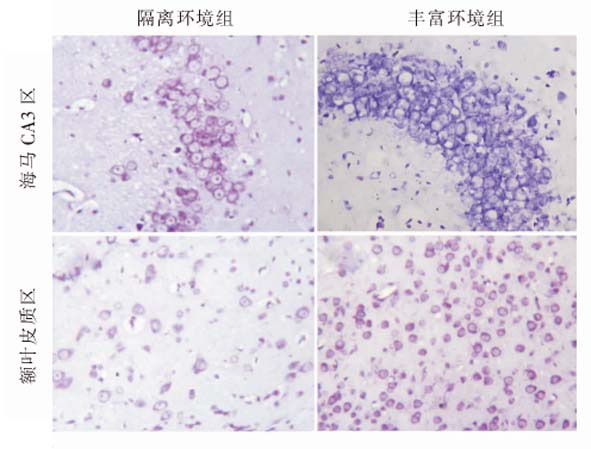 PDF(1473 KB)
PDF(1473 KB)


Effects of early environment on the expression of brain-derived neurotrophic factor and its receptor and brain development
CHEN Jin-Lan, CHEN Yan-Hui
Chinese Journal of Contemporary Pediatrics ›› 2012, Vol. 14 ›› Issue (09) : 703-707.
 PDF(1473 KB)
PDF(1473 KB)
 PDF(1473 KB)
PDF(1473 KB)
Effects of early environment on the expression of brain-derived neurotrophic factor and its receptor and brain development

Early environment / Brain-derived neurotrophic factor / Tyrosine kinase receptor B / Brain development / Rats